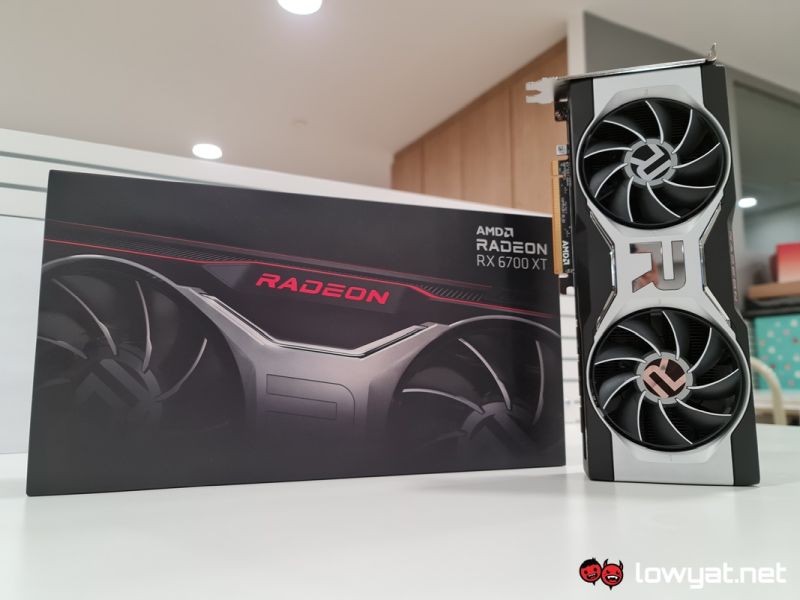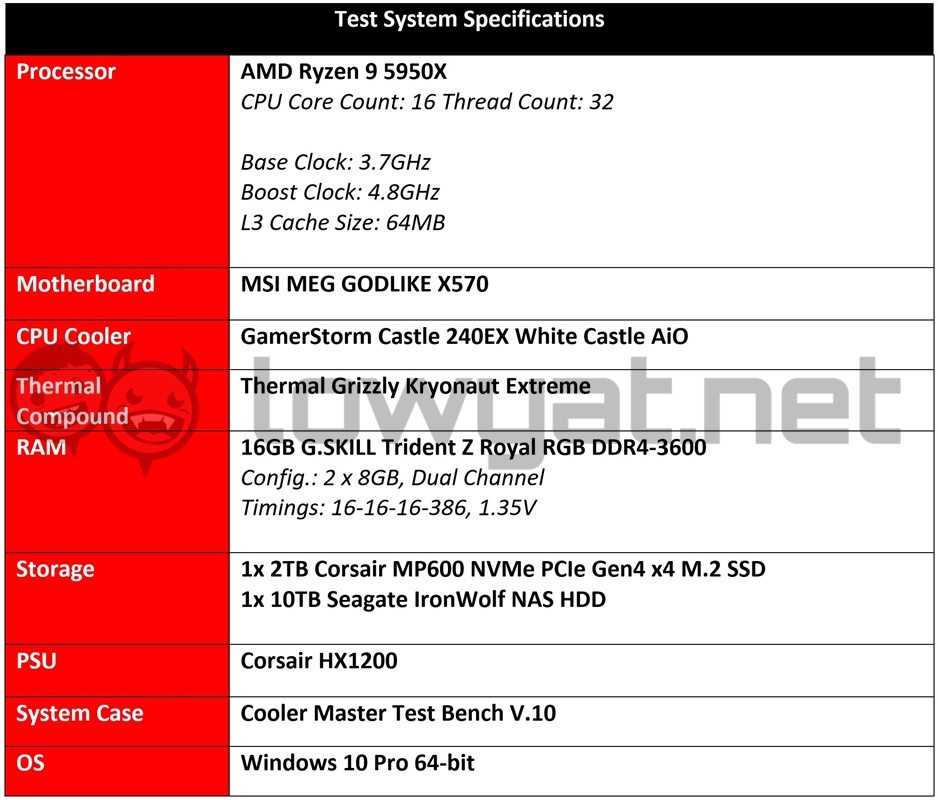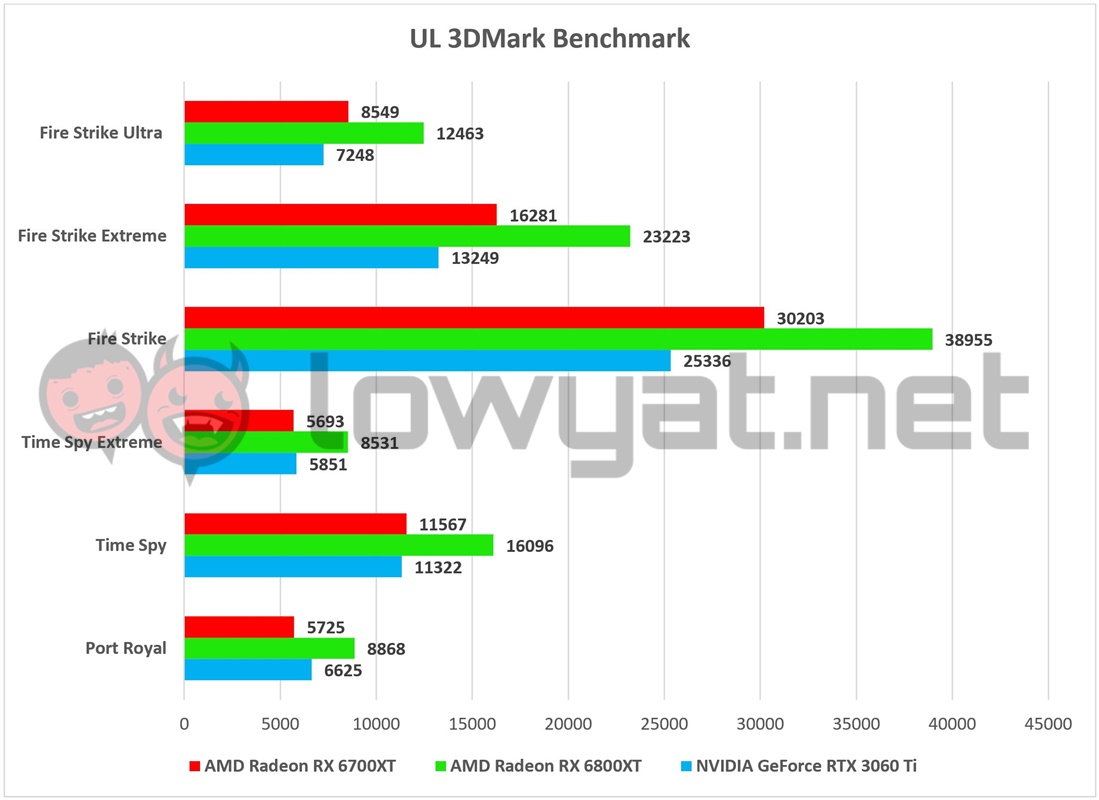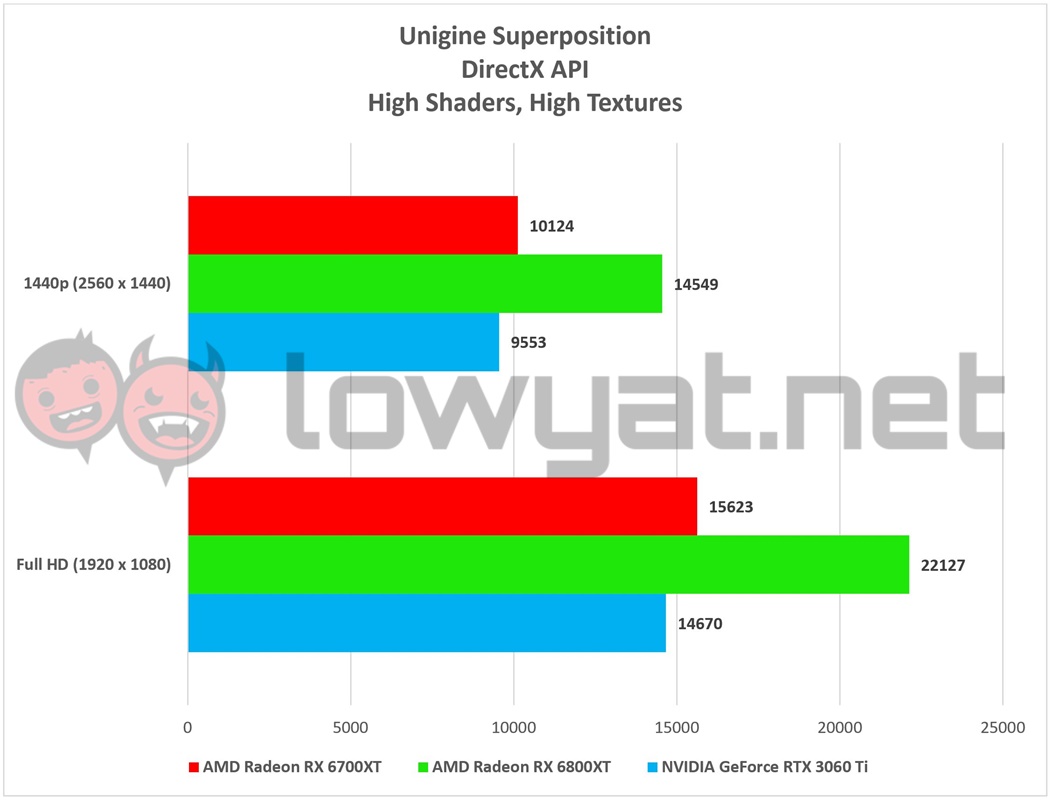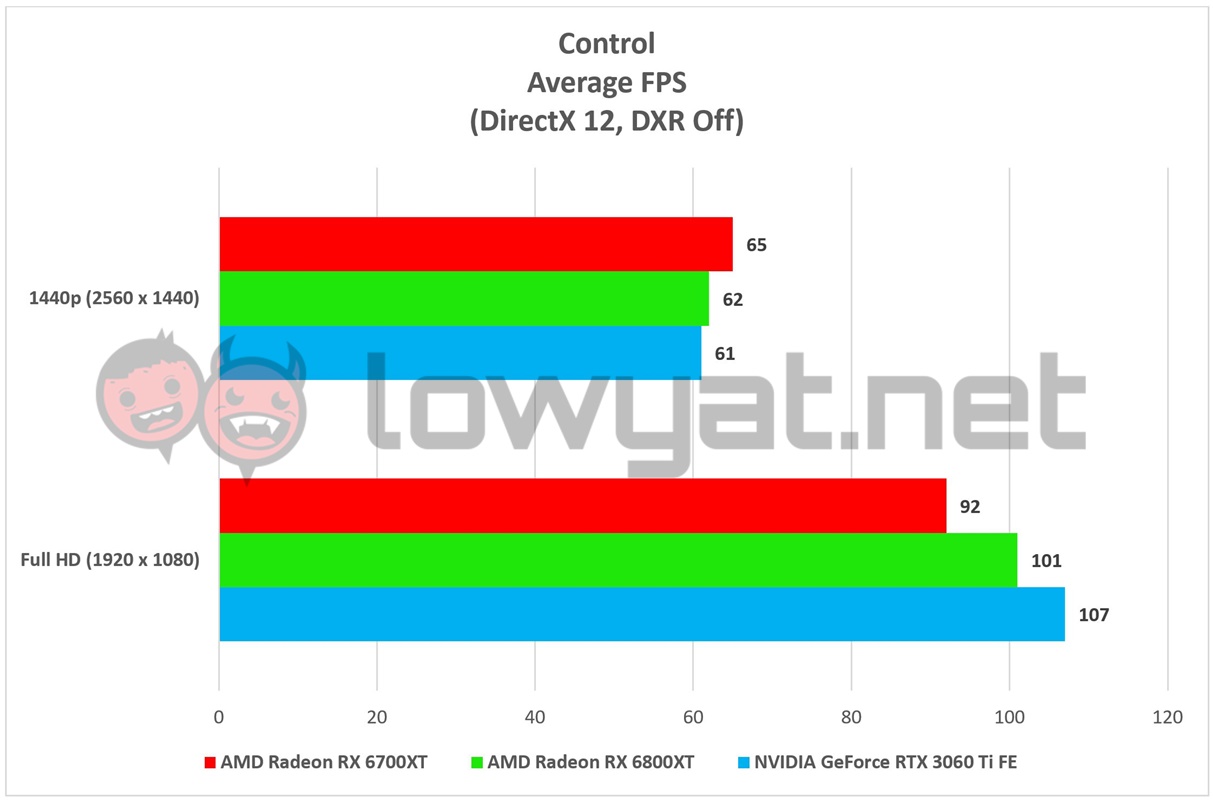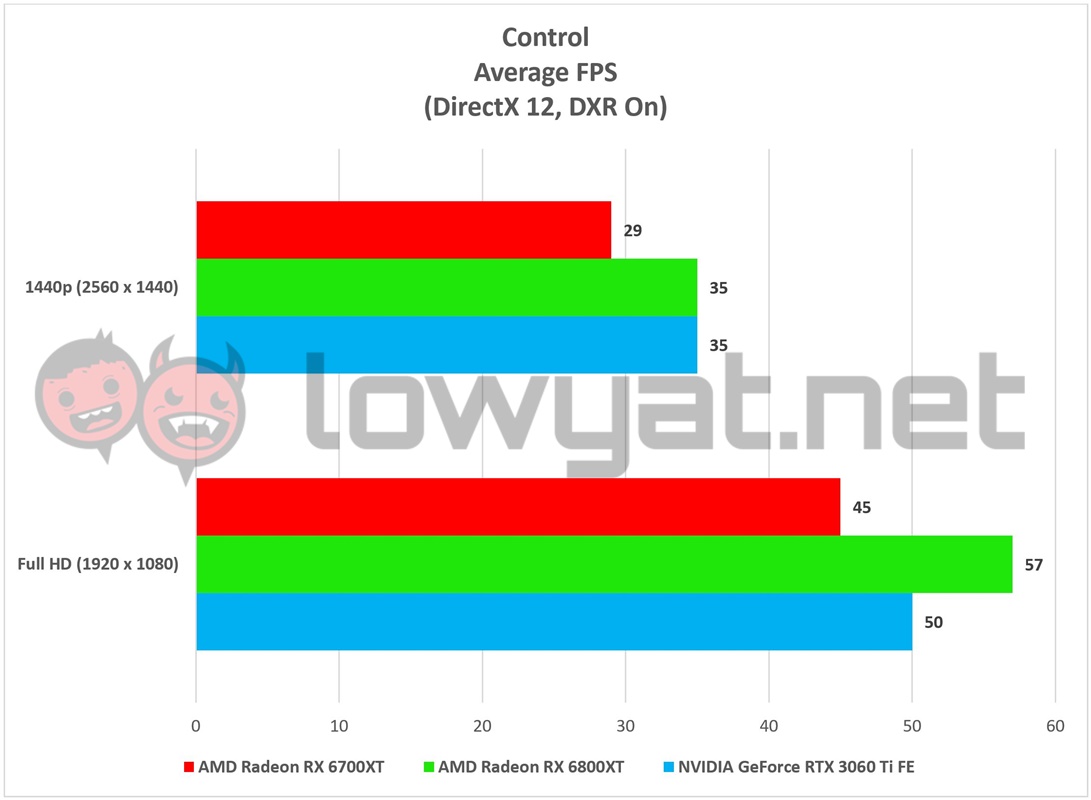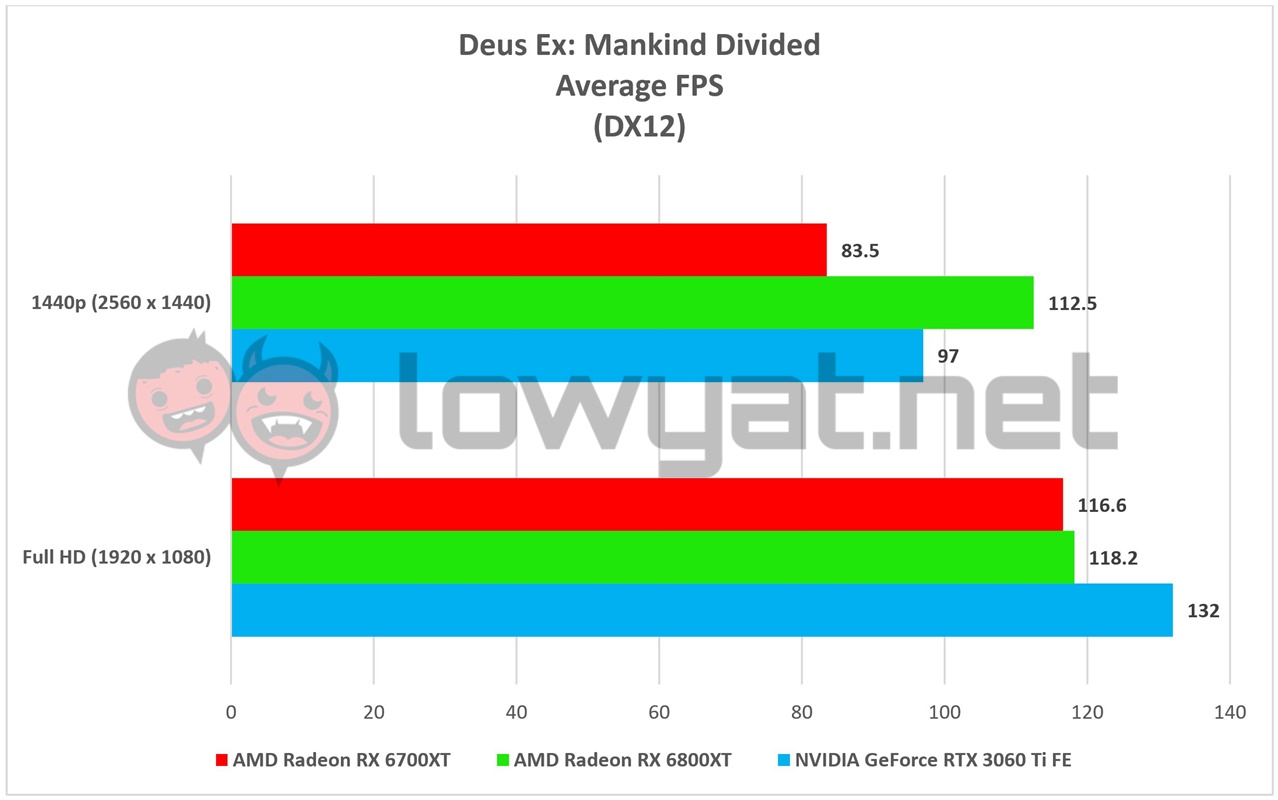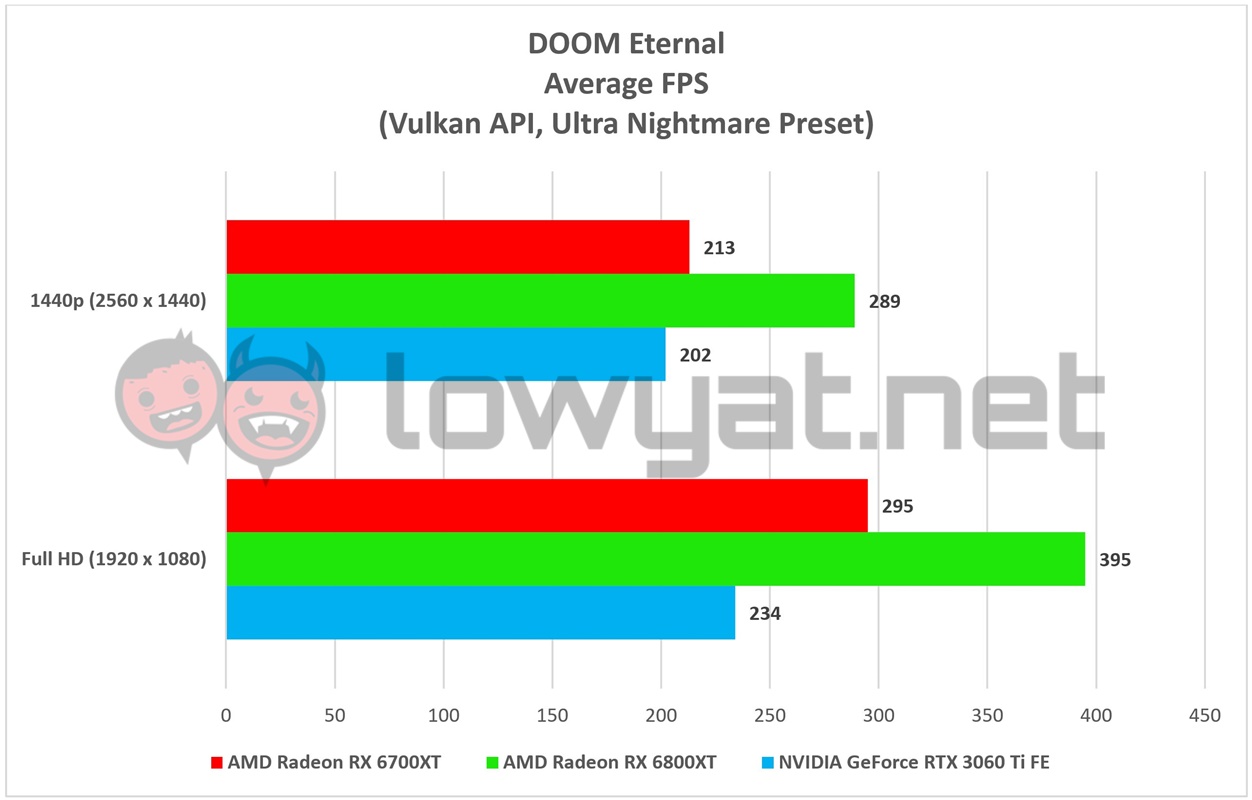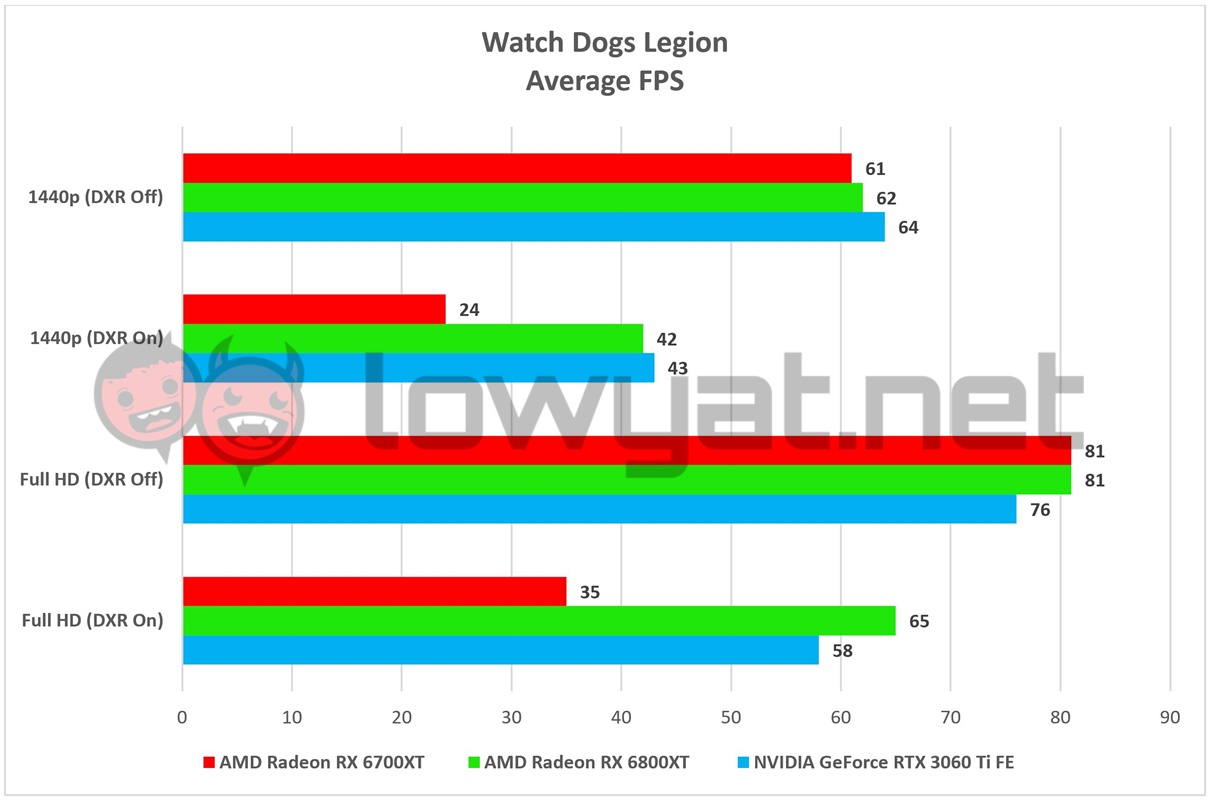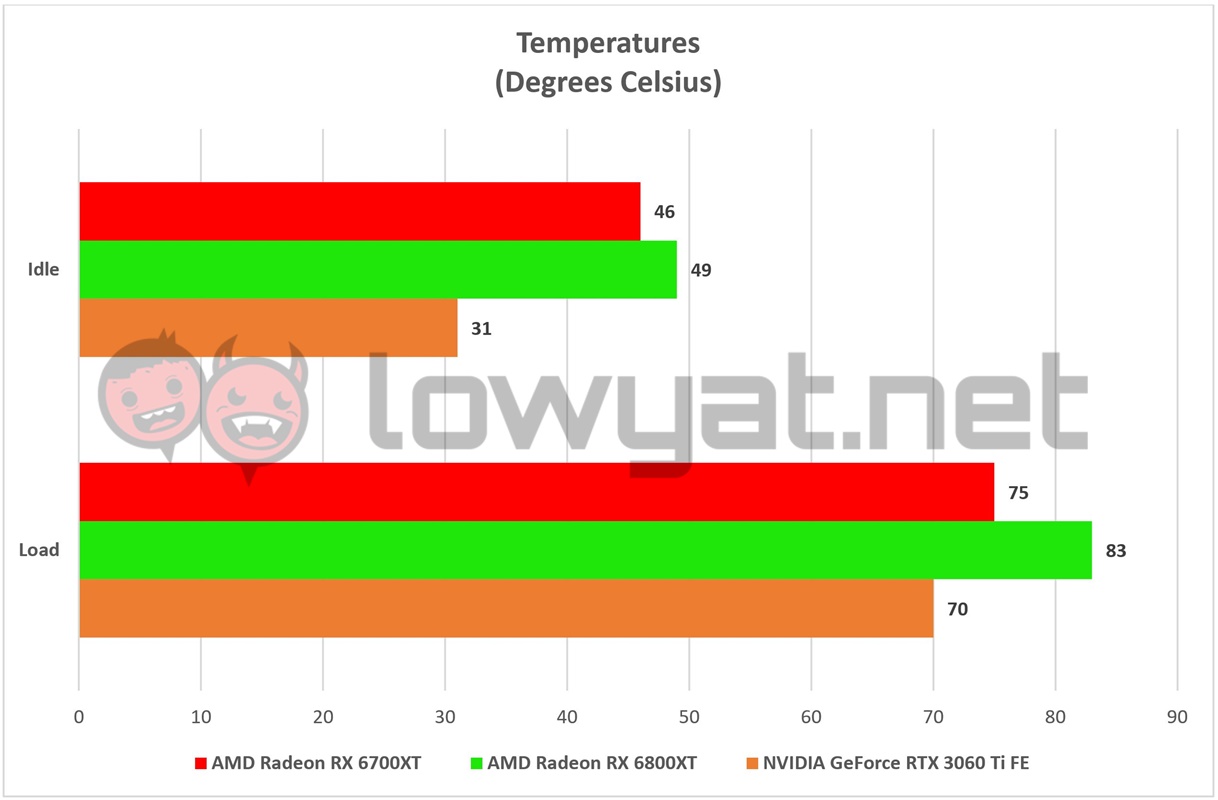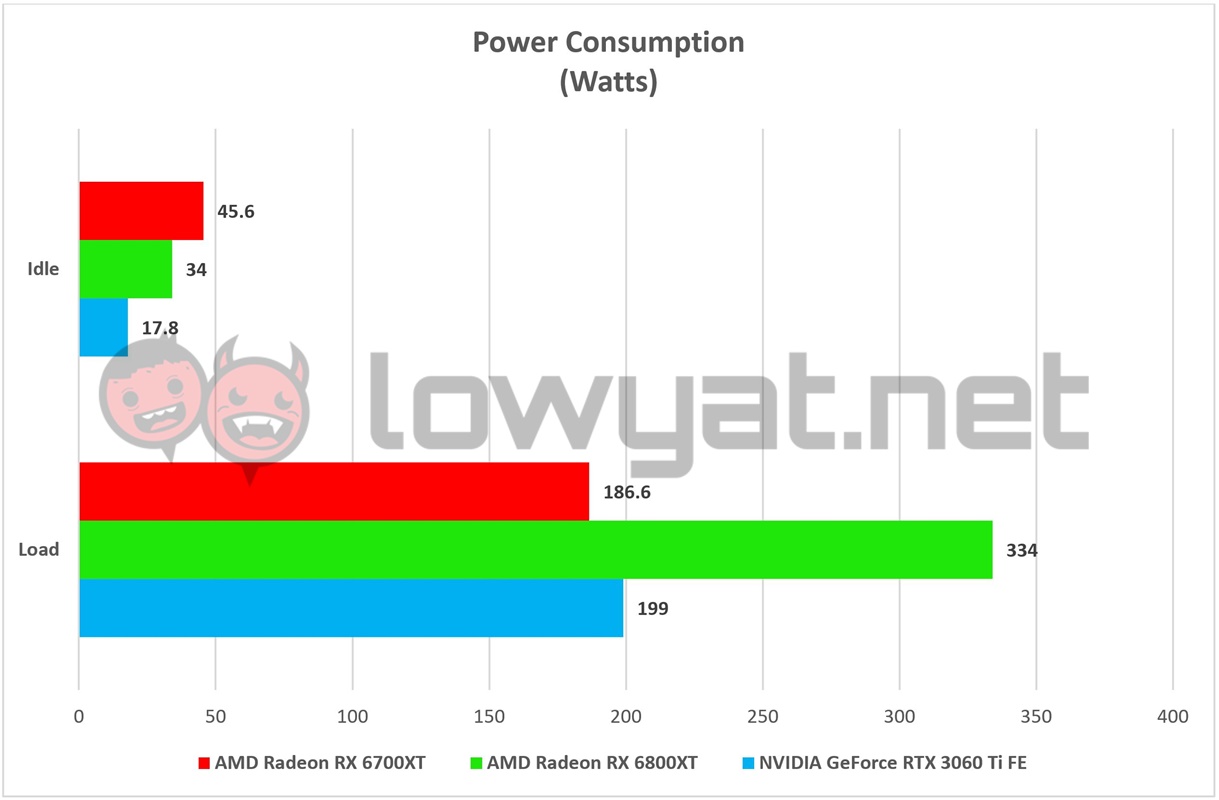When it comes to the GPU market, it’s not a shot in the dark to say that AMD’s strategy for its Radeon GPUs is very different from its Ryzen CPUs. The brand re-entered the realm of enthusiast-level and high-end gaming GPUs last year with the launch of three Radeon RX 6000 series graphics card, all powered by its latest RDNA2 architecture. Alas, unlike its rival, NVIDIA, the list didn’t include a mid-range card. That is, until now.
To state the obvious, the Radeon RX 6700XT is AMD’s latest offering to gamers not looking beyond the 4K horizon and are content with the lower resolutions of 1440p and Full HD. But, as the question goes, how does it perform and is it worth the money?
Specification
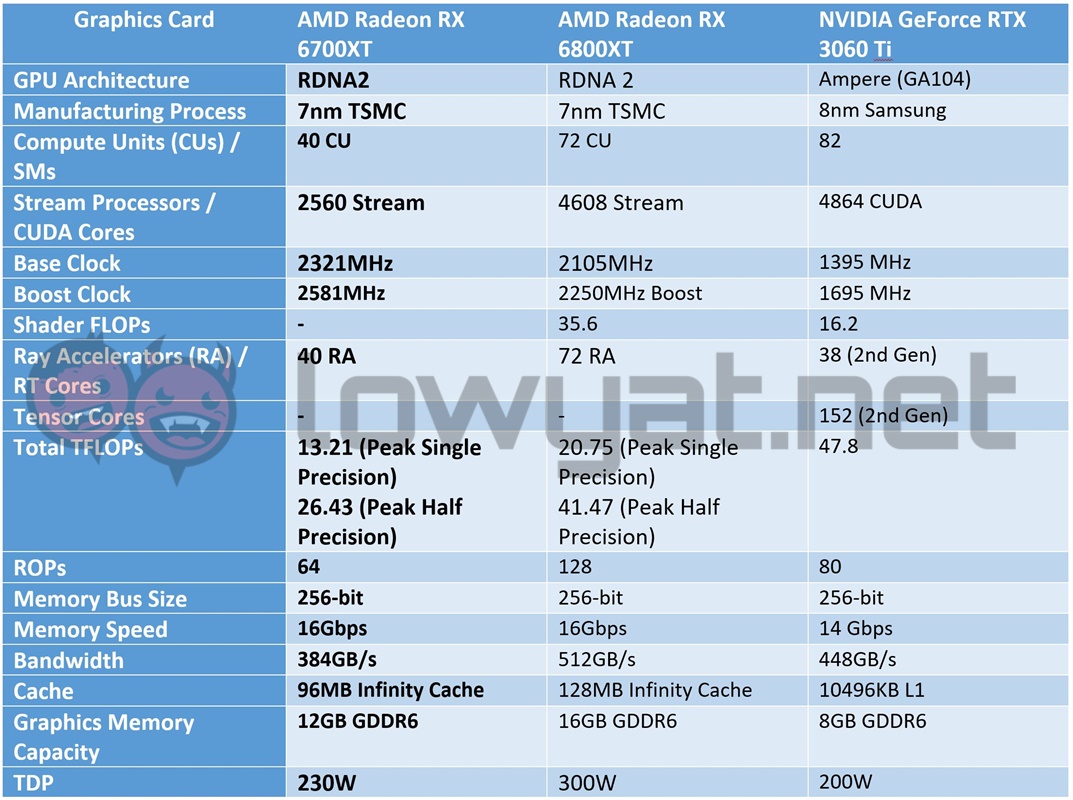
As it is with all mid-range graphics cards, the 6700XT is essentially a watered-down version of the RX 6800 and 6800XT. The card comes with 12GB GDDR6 instead of the usual 16GB, while its Infinity Cache has been reduced from 128MB to 96MB. AMD says it chose that specific number because it believes that is the amount that provides the optimal gaming experience at its targeted resolution of 1440p.
Design
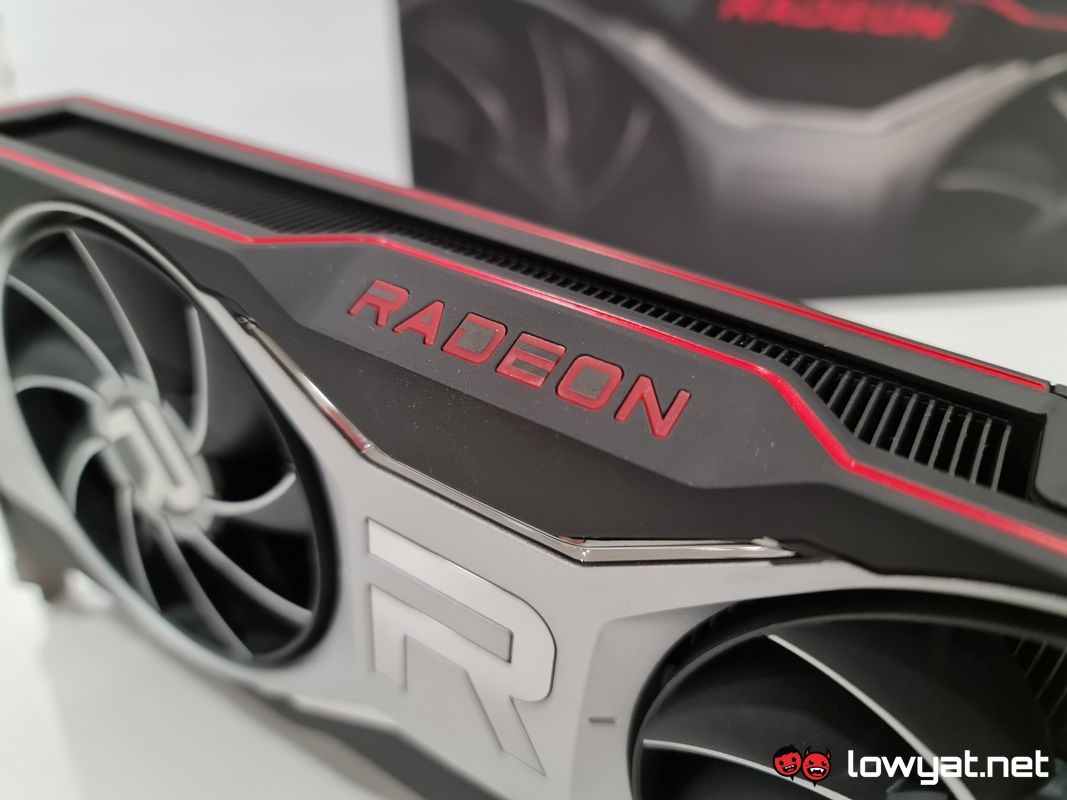 Seeing how the 6700XT unit in my hand is an AMD reference unit, I won’t spend a lot of time speaking of its cooler shroud and design. If you’ve read my earlier reviews of the 6800XT and 6900XT, then you’ll understand when I say that you’re basically looking at the same design language. Really, the only thing that sets the 6700XT apart from its older and more powerful siblings is the fact that it has one fan less than the standard three-fan cooler shroud.
Seeing how the 6700XT unit in my hand is an AMD reference unit, I won’t spend a lot of time speaking of its cooler shroud and design. If you’ve read my earlier reviews of the 6800XT and 6900XT, then you’ll understand when I say that you’re basically looking at the same design language. Really, the only thing that sets the 6700XT apart from its older and more powerful siblings is the fact that it has one fan less than the standard three-fan cooler shroud.
Apart from that, there isn’t a whole lot about the card that stands out; you get a dual-fan configuration with a 2-slot heatsink, plus the same exhaust ports design located at the spine and belly of the card. And yes, this means that there is still no cutout in the back of the card, meaning that hot air is getting exhausted directly towards the motherboard.
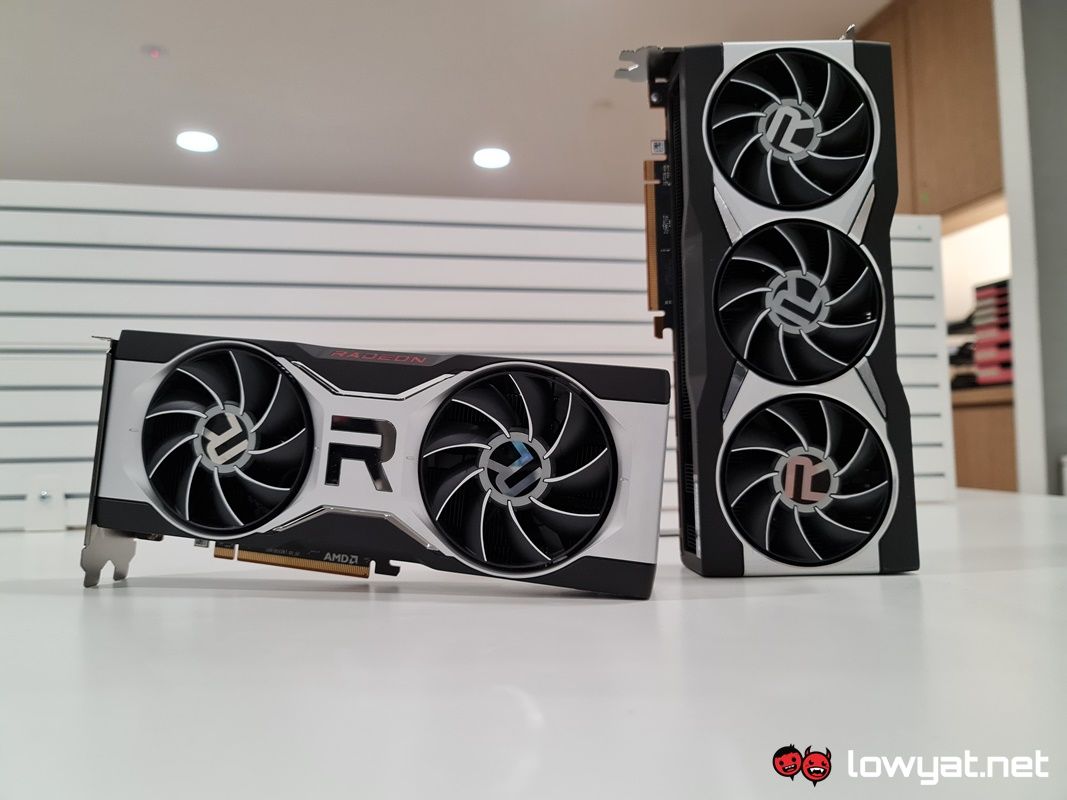
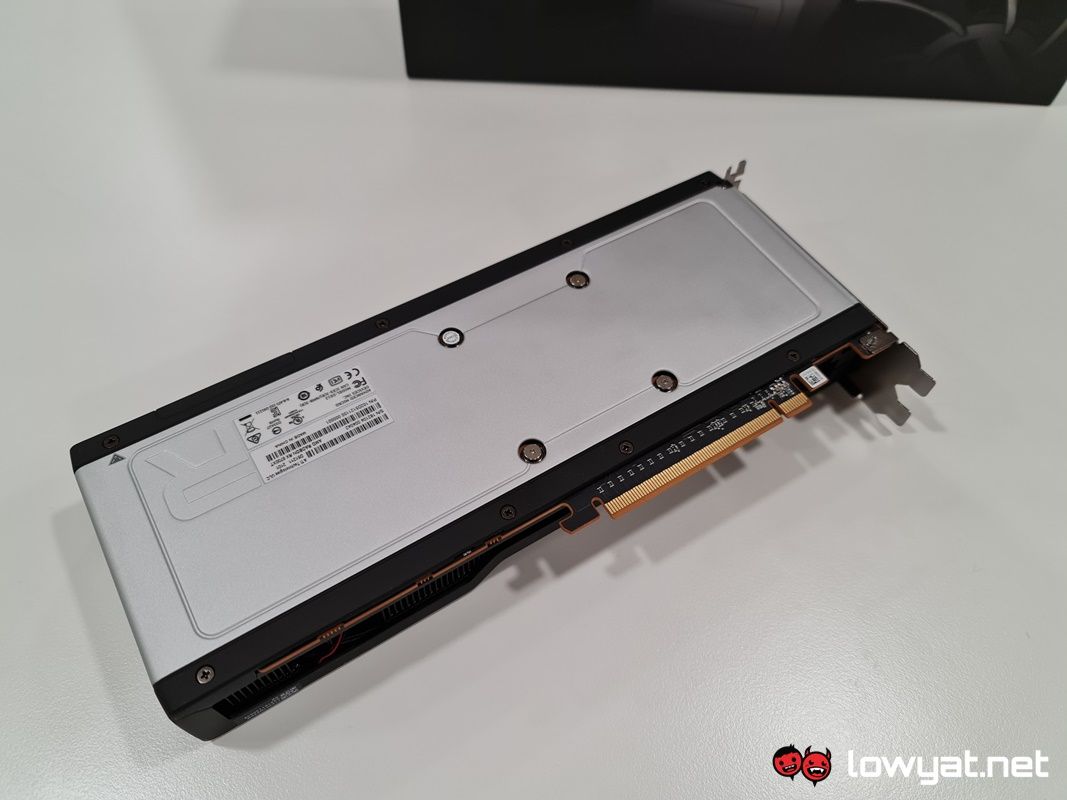
That said, having one less fan and a smaller form factor means that this 6700XT is lighter than it looks, which also means that there is less chance of the card sagging, despite having what can only be described as a very rigid aluminium shroud for a backplate.
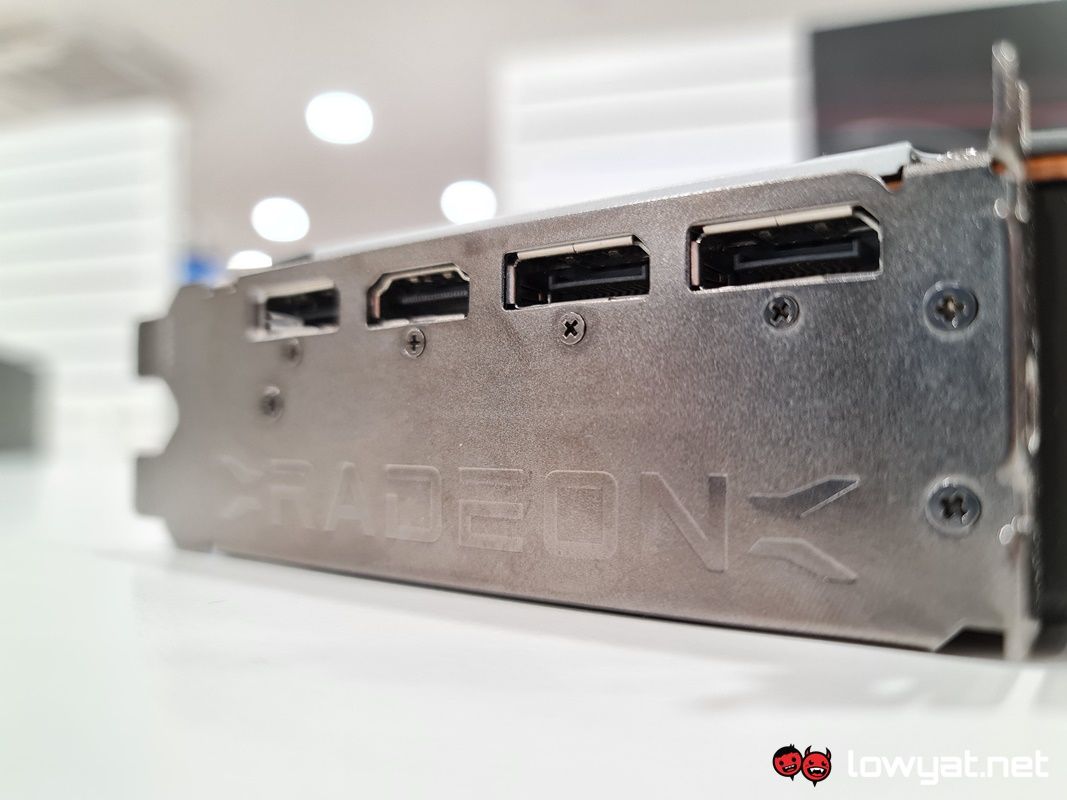
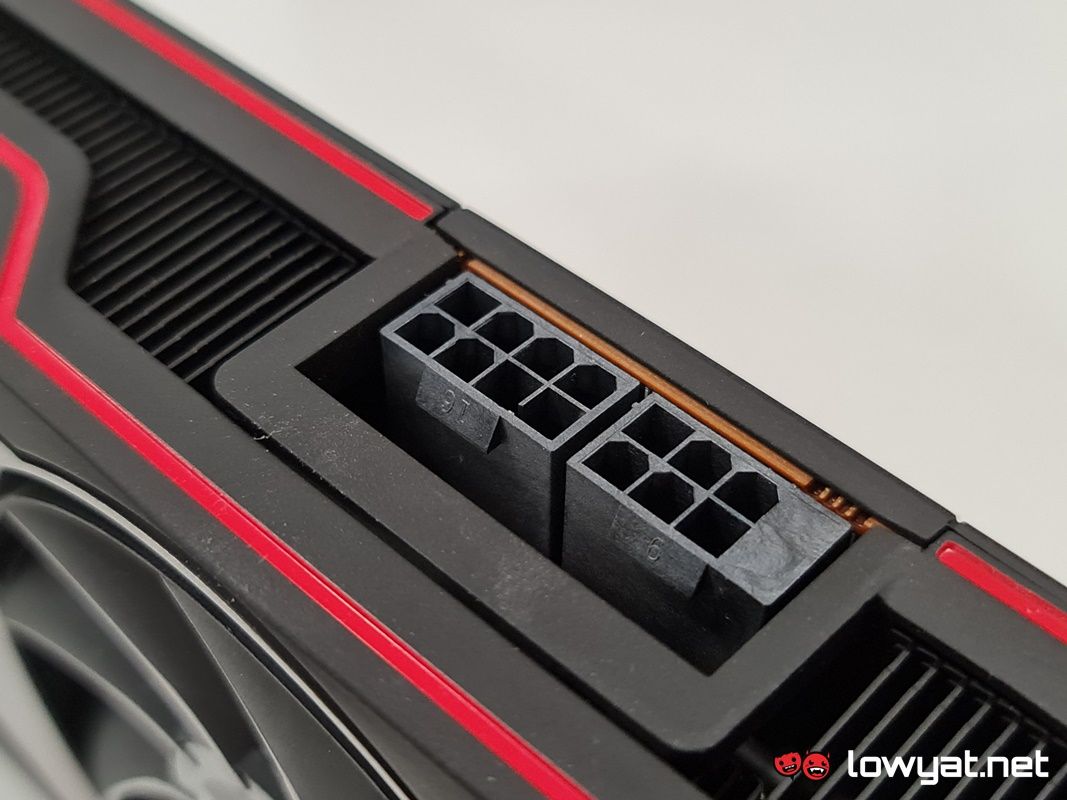
Feeding power to the 6700XT is also a little more modest than its siblings with its 230W power envelope, as well as simply requiring a combination of 8-pin and 6-pin PCIe power ports in order to run.
Testbench
Just as I have with all previously tested graphics cards, my testbench in this review remains unchanged. In testing the 6700XT, the AMD Rzyen 9 5950X is still in play, which is kept cool by the GamerStorm Castle 240EX White Castle AiO.
For comparison sake, I am benching the 6700XT against NVIDIA’s GeForce RTX 3060 Ti, along with AMD’s more powerful 6800XT, in order to provide some perspective of what you’ll be losing out from price-to-performance view.
On another note, because this isn’t exactly a 4K-capable card, scores reflected in charts for gaming performance will be limited to just two resolutions, 1440p and Full HD.
Benchmarks
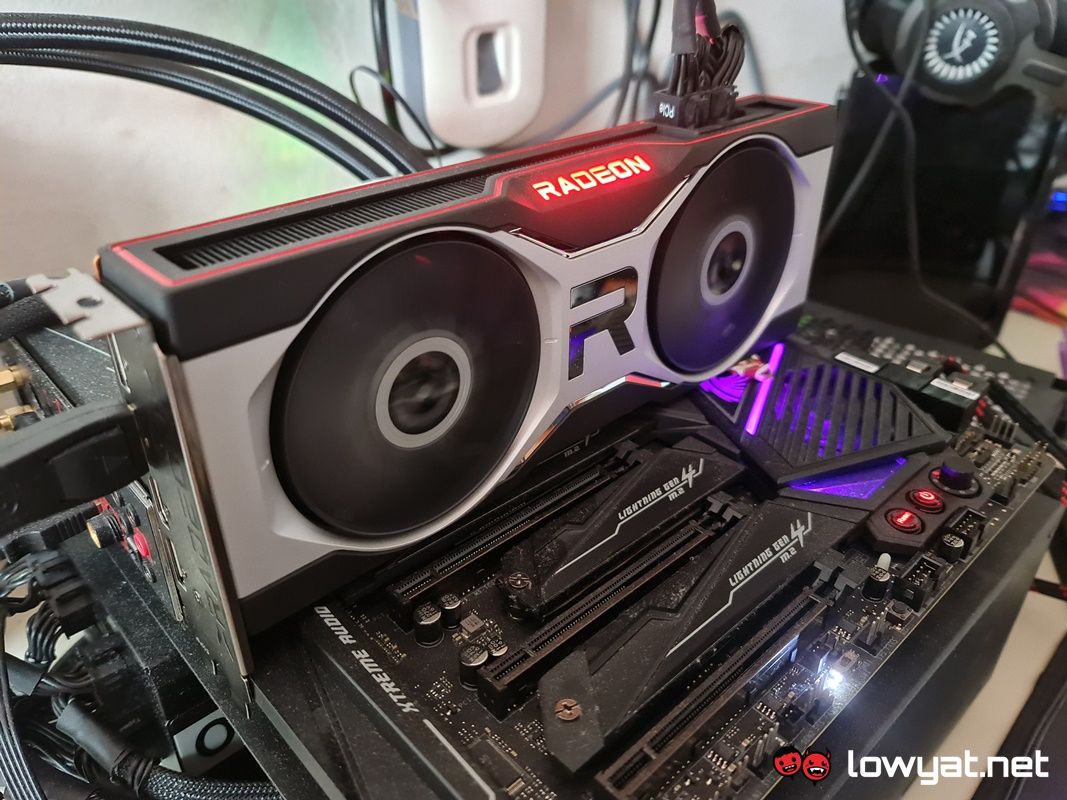
As a quick primer, my benchmarks consist of UL’s 3DMark program and Unigine’s Superposition for synthetic tests, while real-world benchmarks include the Control, Deus Ex: Mankind Divided, DOOM Eternal, and Watch Dogs Legion. Battlefield V (BFV) is no longer on this list for a number of reasons, as is Shadow of the Tomb Raider. The latter title’s absence simply being due to it crashing every time I attempt to run it with the card.
Throughout the review process, the numbers show that the 6700XT consistently pulling ahead of the RTX 3060 Ti, both in synthetic benchmarks and a few game titles.
Even in DOOM Eternal, the card clearly has the advantage, but to be fair, the game is a fairly optimised title and it tends to run well, even on a less-than-adequate desktop system.
For real-time ray-tracing-driven titles such as Control and Watch Dogs Legion, however – and I have said this several times in past reviews – it is clear that until AMD releases something akin to NVIDIA’s DLSS technology, the overall performance of the 6700XT will continue to feel dampen, as running it raw with DXR brings about massive framedrops.
Temperature And Power Consumption
Surprisingly, the overall operating temperature and power consumption of the 6700XT is not what I had expected, given AMD’s reputation for creating cards with hotter-than-average GPUs. When forced to push it, the card never actually goes past the 75°C mark, but to be fair, the card never seems to idle below 46°C, even when the ambient temperature sits between 19°C and 20°C.
In terms of power consumption, the 6700XT’s maximum draw from the wall barely even reached its 320W power envelope; even with the most strenuous title on the list, the sensors showed that the most it ever pulls is 186W, which again, is relatively remarkable.
Conclusion
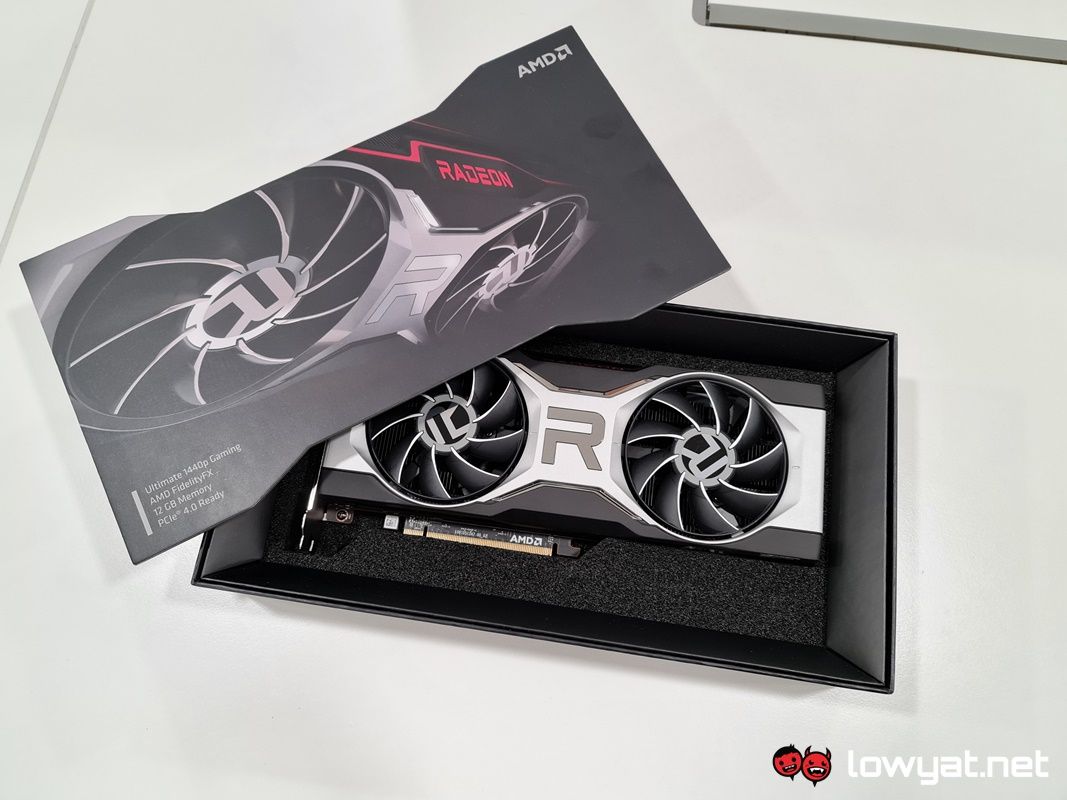
So there you have it. At a starting price of RM1940 and based on my findings, I can easily say that the AMD Radeon RX 6700XT will undoubtedly give the RTX 3060 Ti a real run for its money. At its best, the card is virtually on par with team green’s secondary 1440p alternative, while also staying ahead of the lesser RTX 3060, albeit by a slight margin.
Of course, given the ongoing chip shortage for both CPUs and GPUs, I would preach caution to those among you seeking out this 1440p powerhouse for your system. As I said, RM1940 is the floor price AMD has set for the card but as it stands, how much retailers and distributors intend to sell AiB partner cards for – let alone in bundles – is really anyone’s guess at this rate. Nevertheless, if you should so happen to land yourself a unit, you will not be disappointed. At least, at resolutions below 4K.
Follow us on Instagram, Facebook, Twitter or Telegram for more updates and breaking news.


